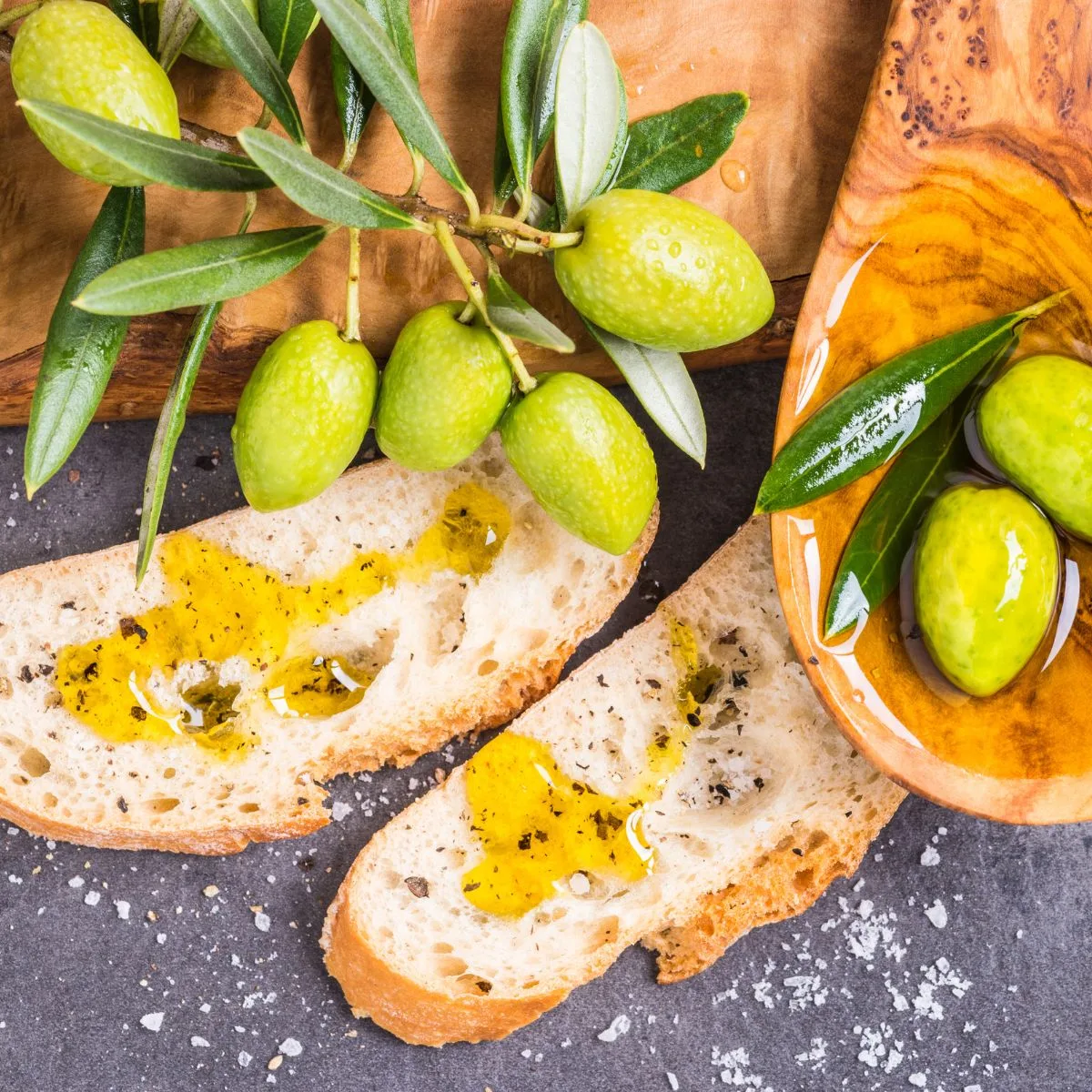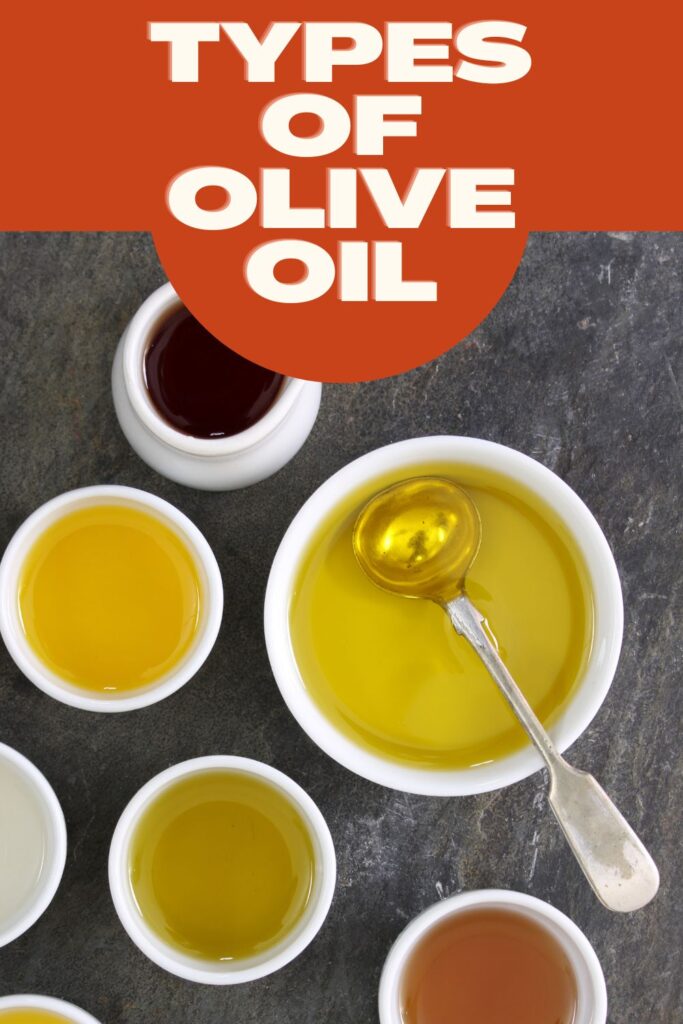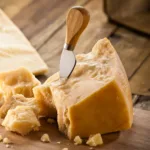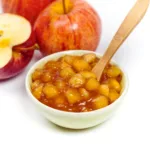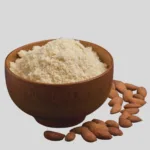The main types of olive oil used for cooking include regular, extra virgin, virgin, first cold press, and pure olive oil. Generally, the main difference between the various types is the processing level, the accepted level of defects, and the allowed fatty acid content.
The more processed the olive oil is the less flavor and aroma the oil contains. Inexpensive olive oil tends to be more processed (with less flavor), while higher priced olive oil typically is less processed (leading it to have more flavor, color, and aromas).
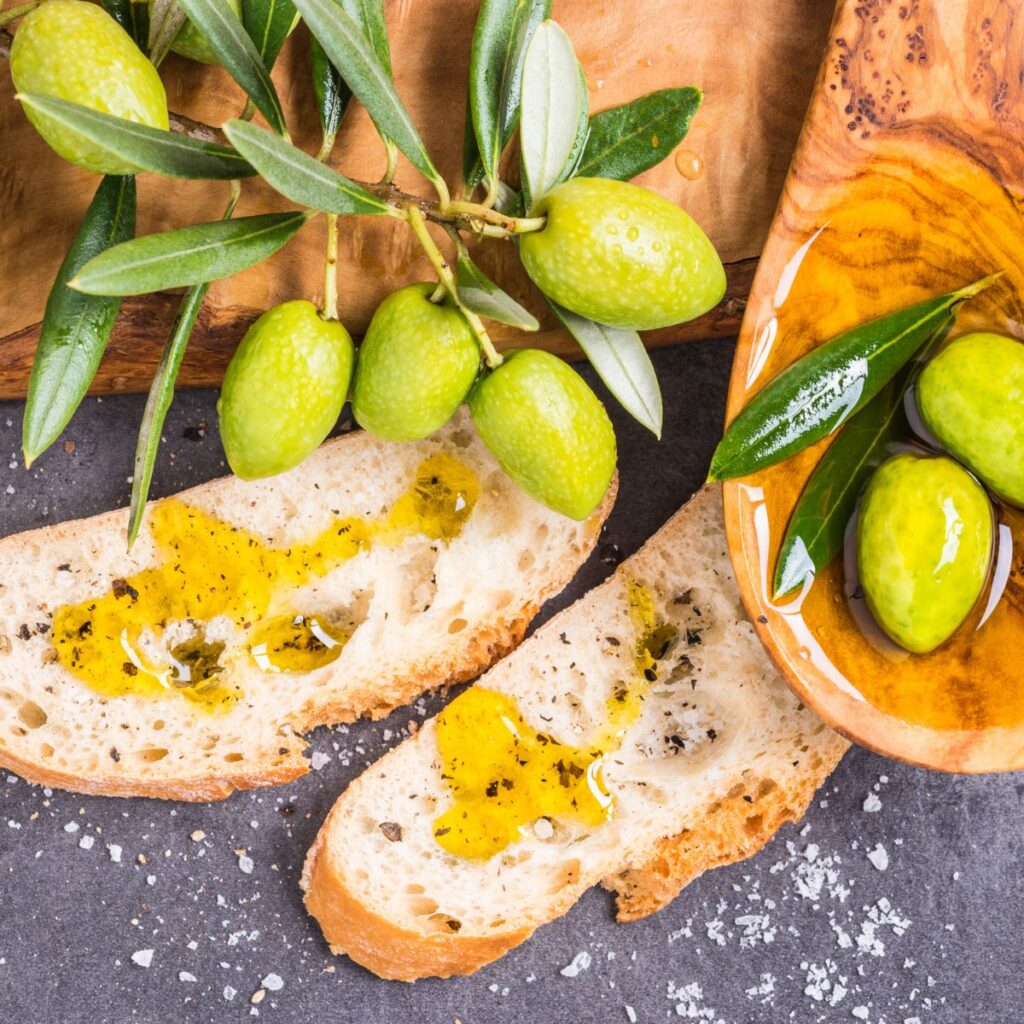
In this article, you will learn all you need to know about the types of olive oil used for cooking. Below we will discuss:
- Different types of olive oil
- Where in the World is Olive Oil from?
- How is olive oil made?
- What makes olive oil good?
- Does the color of the olive oil matter?
- Delicious olive oil recipes
Different Types of Olive Oil
Olive oil, the liquid fat that is extracted from olive oil, comes in many different varieties. Olive oil is just like wine, chocolate, or coffee. Where the olives are grown and processed into oil affects the taste, color, and scent.
Below are types of olive oil with a brief description that demonstrates how that olive oil differs from the other types.
1) First Cold Press
A traditional way of making olive oil, first cold press olive oil has only been pressed and extracted once. This olive oil is also not heated leading to first cold press olive oil to be the most delicate form of olive oil.
Creating first cold press olive oil also the first step for making extra virgin olive oil. Due to this, first cold press olive oil is high in nutrients (just like extra virgin olive oil). First cold press olive oil contains nutrients unsaturated fats (healthy fats), vitamin E (great for immune system and prevents cell damage), and vitamin K (great for bones).
2) Extra Virgin Olive Oil
Is know for it excellent flavor, aroma, and health benefits. Also known as EVOO, extra virgin olive oil be free of defects and have a free fatty acid content that is less than 0.8% (meaning of you have 100g of oil, the free fatty acid content should be no more than 0.8g)
Extra virgin olive oil is full of antioxidants, polyphenols, and vitamin E. This is why EVOO is the healthiest form of olive oil.
3) Virgin Olive Oil
Should have a good flavor and aroma. Virgin olive oil defects should range from 0 to 2.5 and its free fatty acid levels should be less than 2% (meaning of you have 100g of oil, the free fatty acid content should be no more than 2g).
4) Refined Olive Oil
Using Virgin olive oil as a base, refine olive oil is process to remove the taste and flavor from the olive oil. After processing, the free fatty acid content should be less that 0.3% (meaning of you have 100g of oil, the free fatty acid content should be no more than 0.3g).
5) Regular (or Pure) Olive Oil
Usually is a blend of Virgin Olive Oil and Refined Olive Oil. The objective is to create a more inexpensive oil that has many of the same characteristics virgin olive oil, just at a milder level. With regular olive oil, the free fatty acid content should be less than 1% (meaning of you have 100g of oil, the free fatty acid content should be no more than 1g).
Where in the World is Olive Oil from?
In order to make olive oil, you need olives. So it is not surprising that that olive oil could be historically found in Mediterranean countries, such as Spain, Italy, Greece, Tunisia, Portugal, Morocco, France, and Turkey.
Nowadays, olive oil production has spread worldwide to other countries including the United States According to OliveOil.com, California accounts for 5% of the world’s production. However, this number doesn’t even compete with Spain. Spain dominates olive oil product by producing about about 40% of the world supply of olive oil.
According to the United Nation’s Food and Agriculture Organization database, below at the top 10 olive oil producing countries by volume (as of 2019):
| # | Country | Amount (in Metric Tons) |
| 1 | Spain | 1,129,233 |
| 2 | Italy | 336,581 |
| 3 | Greece | 290,476 |
| 4 | Tunisia | 239,500 |
| 5 | Turkey | 217,800 |
| 6 | Morocco | 204,200 |
| 7 | Portugal | 154,063 |
| 8 | Syrian Arab Republic | 153,829 |
| 9 | Algeria | 92,200 |
| 10 | Egypt | 41,300 |
How is olive oil made?
The basics of producing olive oil include:
- Harvest the olives
- Clean the olives
- Crush the olives into smaller pieces
- Grind the olives into a paste
- Squeeze and press the paste to begin the removal of the oil from the paste
- Strain the oil to separate the solids from the oil.
- Package the oil and Store
Admittedly, the above overview is basic. However, the below video provides a more detailed view of how olive oil is commercially made:
What Makes Olive Oil Good?
The quality of olive oil is determined by its overall flavor and the percentage of free fatty acids that it contains. With top quality olive oil, the free free acid profile should be less than 2%.
Does the Color Matter? – Color and Clarity Considerations
The color of olive oil ranges from dark green, pale yellow, to even reddish. The color of olive is driven primarily by the olive type and the time that the olives are picked. Olive oil tends to be darkest/greenest when the olives are young. However, below we have broken down what causes the olive oil to be different colors.
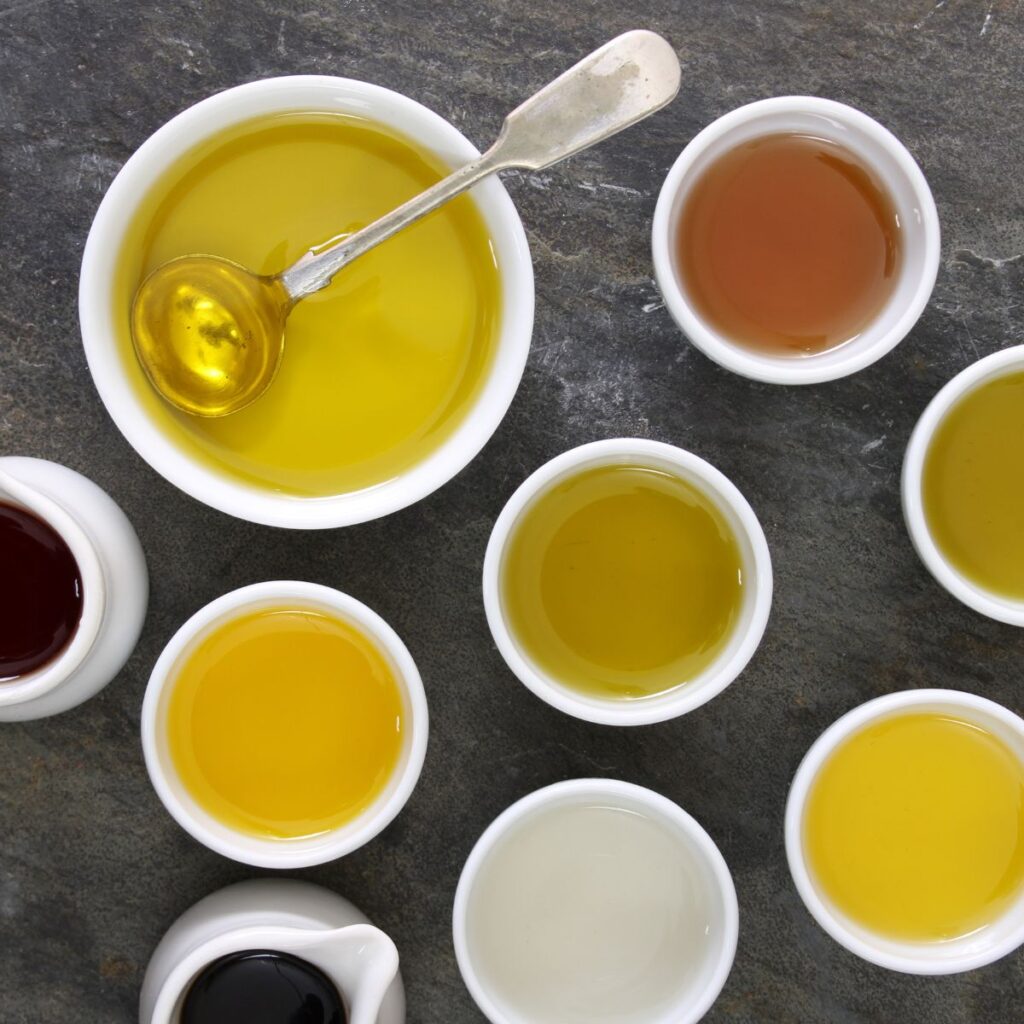
Golden Yellow Olive Oil
Spanish olive oil tends to be golden yellow. Since Spain produces more than 40% of the world’s supply, this golden yellow color is the color that most are familiar with. Spanish olive tends to have fruity and nutty notes.
Light Olive Oil
French and California olive oil tends to be a lighter yellow color. As for flavor notes, French olive oil tends to be lighter in flavor, while Californian olive oil tends to have a slight fruity taste.
Red olive oil
Australian olives produce olive oil that has a rich red color. Australian extra virgin olive oil tends to be high in antioxidants.
However, if your olive oil was previously another color and has turned reddish orange over time, you should NOT consume this olive oil since this oil has been oxidized and is now rancid.
Dark Olive Oil
Dark green olive oil is typically from olives that are grown in Italy and Greece. Olive oil produced in Greece tend to be in highly aromatic and flavorful. While olive oil made in Italy tends to have herbal notes.
Clarity of Olive Oil
All olive oil is cloudy at the beginning of the processing process. However, as the pulp is pressed the cloudiness is reduced as the sediment and solid particles are removed.
When it comes to cooking, some cloudiness is good because that means that the olive oil has retained its original flavor and scent. Because of this, olive oil connoisseurs actually prefer traditional methods of making olive oil (example stone-pressed) since these olive oils tend to retain its cloudiness.
Delicious Olive Oil Recipes
There you have it. Now you understand the various types of olive oil used for cooking. Now go take your knowledge and cook something delicious.
Below are a few recipes that contain olive oil that you should definitely try:





